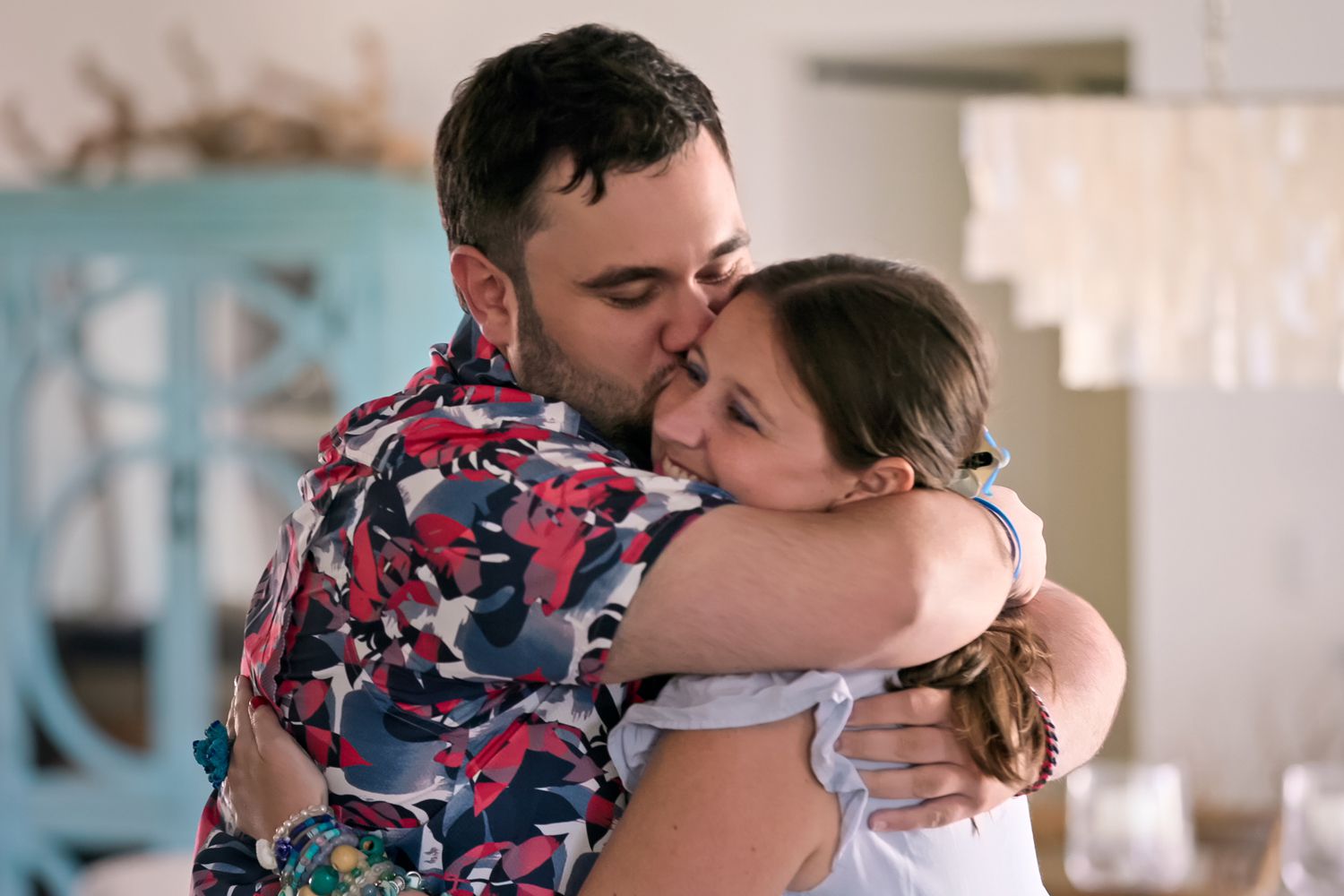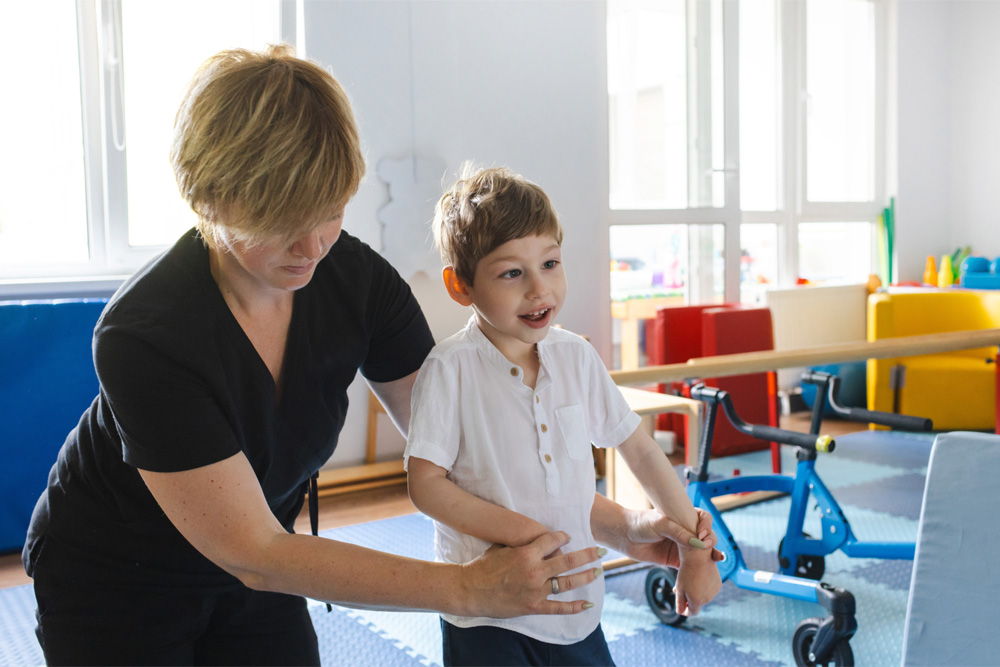
Love on the Spectrum – reshaping how we see love and neurodiversity
From its gentle beginnings in Australia to its celebrated place on Netflix, Love on the Spectrum has quietly reshaped how we think about love and neurodiversity. When the series first aired as a four-part documentary on ABC in late 2019, it introduced viewers to a group of young adults on the autism spectrum stepping into the world of dating for the very first time. Rather than treating their journeys as obstacles to overcome, the show approached each hopeful heart with warmth, respect, and genuine curiosity, inviting us to see how universal the wish for connection really is.
In 2022, Netflix brought the concept to a wider audience with its U.S. adaptation. While the core idea remained the same—following autistic adults as they seek companionship—the American version welcomed a broader range of ages, backgrounds, and life experiences. Viewers met participants navigating first dates, sharing their hopes and fears, and learning to express themselves in new ways. Throughout each candid conversation and tender moment, the series remained true to its roots by offering gentle guidance from relationship coaches who both respected and celebrated each person’s unique perspective.
The show’s honest portrayal earned it critical acclaim almost immediately. Early Emmy wins for casting and directing recognized how thoughtfully the series was put together, and audience praise confirmed that there was a real hunger for inclusive storytelling. By the time the U.S. version picked up additional Emmy Awards, it was clear that Love on the Spectrum hadn’t just found a niche—it had become a template for what respectful, participant-centered reality television could look like.
What makes this series so powerful is its focus on authenticity. Instead of reducing its cast to simple labels, the show highlights each person’s quirks, strengths, and needs, reminding us that everyone deserves a chance at love. Viewers learn alongside the participants, witnessing first-date jitters, the awkward stumble of small talk, and the joy of finding someone who truly listens. These shared moments of hope and vulnerability break down stereotypes and invite empathy, showing that love’s highs and lows are universal.
Equally important is the way the production supports its cast. From pre-interview coaching to follow-up care, the team behind the cameras strives to make the experience positive and empowering. This thoughtful approach has sparked conversations about on-screen compensation and participant welfare, encouraging other shows to raise the bar when working with neurodiverse individuals.
As news of a fourth season renewal reaches fans, it feels like a celebration not just of ratings or awards, but of the genuine connections that have unfolded on screen. With each new episode, Love on the Spectrum continues to teach us that finding love is a journey filled with courage, kindness, and hope—no matter who we are or how our brains are wired.


